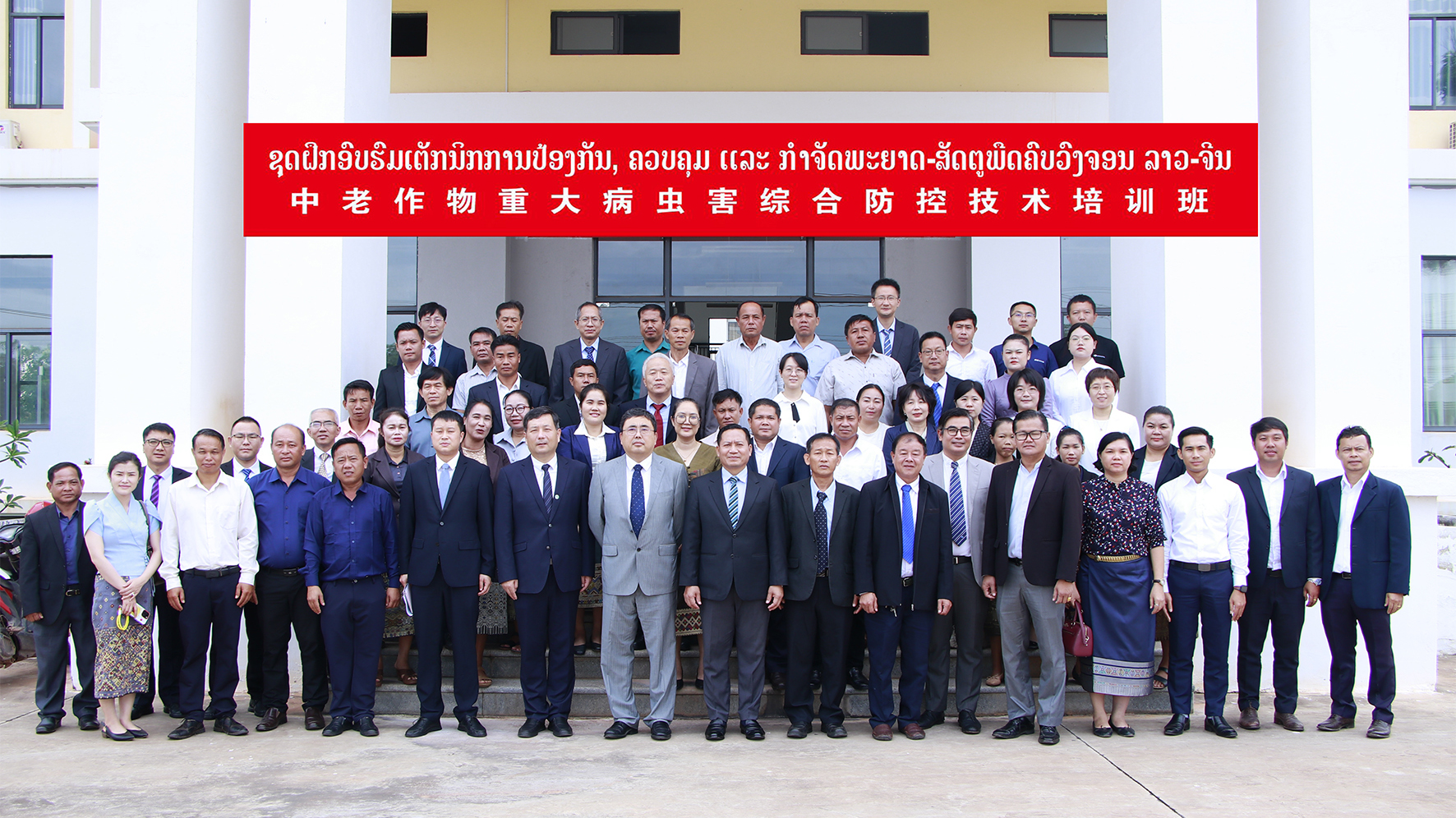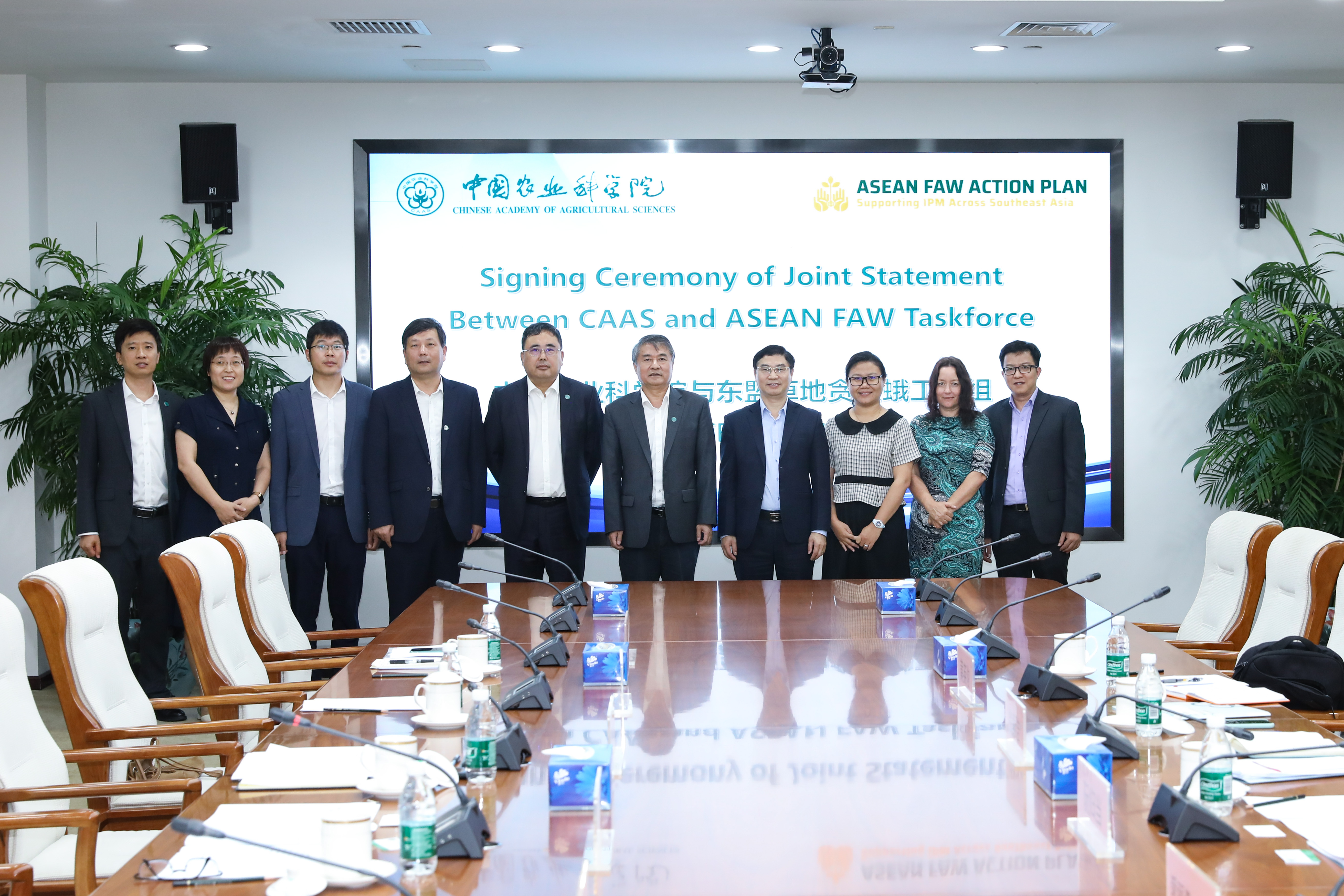Research on the Establishment and Application of High - efficiency and Low - risk Technology System for Pesticides won the 2nd award of National Prize for Progress in Science and Technology in 2016
National Prize for Progress in Science and Technology for achievements in 2016 was awarded in the Great Hall of People on 9 January, 2017. Chinese President XI Jinping and Prime Minister LI Keqiang were present at the awarding conference and presented the awards to the representatives of the winners. Prof. ZHENG Yongquan, as one of the winners, attended the conference. The achievement Establishment and Application of High-efficiency and Low-risk Technology System for Pesticides, presided by ZHENG, won a 2nd award of the National Prize for Progress in Science and Technology in 2016.
It is said that pesticide is indispensable mean of production to safeguard agro-products. However, the characteristic ecological toxicity and the unreasonable application of pesticides have brought about a lot of negative impacts. Aimed at the problems existed in pesticide and its application, such as the invisible risk in pesticide ingredient, loss of pesticide from plants, pesticide residue and pollutions to the ecological environment, etc., ZHENG organized related institutions to work together. They analyzed systematically the development of pesticide and realized that the idea of high efficiency, low toxicity and low residue does not meet any more the requirement in development of modern society. They, therefore, put forward the idea of high efficiency and low risk of pesticide and established a high efficiency and low risk technology system which takes active ingredients, formulation design, application techniques and risk management as the core. The risk control ran through the R&D of pesticides, processing, application and management so that the team achieved a series of innovation and breakthrough. This achievement combines the development of pesticide and application technology and is a mile stone in the industry of pesticide and agricultural production. The related output of the achievement has been extended in 12 million hectares/times. The increased agricultural output value is about 15 billion RMB and the increased efficiency is 10.7 billion RMB. The directly trained farmers reached 0.3 million/times through training courses and releasing technical pamphlets, etc. The achievement obtained remarkable economic, social and ecological benefits.
The achievement has four major outputs. These outputs are (1) established the risk recognition technology for active ingredients of pesticides. The technology revealed invisible risks of 7 frequently used pesticides, such as difenoconazole, and put forward critical control points of how these pesticides affect the safety of agro-products. (2) Established first surface tension and contact angle, the double elements targeting moist recognition technique, and set up index of moist discrimination. The team developed 10 pesticide preparations with high efficiency and low risk and took them into industrialization. (3) Solved difficult problems like the dosage of diagnosis and timing, shelf-life, adaptability in the fields, etc. Followed these, the team members developed the high efficiency and low risk technique for pesticide application, i.e., scientific selection of pesticides, reasonable making up fluid and precise application, and 26 kits for precision selecting of pesticides against insect pests, such as Aphis gossypii Glover. The precision rate reached more than 80%. They established the visual standard for drop shapes and invented the comparing card for fluid distribution so as to guide the field usage for choosing proper formulation and tank-mix adjuvants. Such, the use of pesticides can be reduced by 20-30%. The team members also clarified the relationship between pesticide concentration, drop size and distribution density with control efficacy and invented 12 sets of cards for guiding the drop density when spraying. The farmers were, therefore, guided by number of drops. By doing so, the quantity of pesticide application was reduced by 30-70%. (4) Put forward pesticide risk management solution. The core of the solution was risk monitoring, risk assessment and risk control.
The main members of the implementation are ZHENG Yongquan, ZHANG Hongjun, DONG Fengshou, GAO Xiwu, HUANG Qiliang, CHEN Chang, LIU Xue, JIANG Hongyun, SHU Fang, and YANG Daibin.
The main institutions implementing the achievement include IPP-CAAS, ICAMA (Institute for the Control of Agrochemicals, MOA), China Agricultural University, National Agricultural Technology Extension and Service Center, Jiangsu Academy of Agricultural Sciences, Institute of Vegetables and Flowers of CAAS, and IPP of Guangdong Academy of Agricultural Sciences.
-
 China-Laos Training Workshop on Integrated Management of Destructive Crop Pests and Diseases Successfully held in Laos
China-Laos Training Workshop on Integrated Management of Destructive Crop Pests and Diseases Successfully held in Laos -
 New Plant Protection: New challenge and new opportunity for plant protection
New Plant Protection: New challenge and new opportunity for plant protection -
 International and SELAMAT Conference on Pesticide Residue and Mycotoxin Contamination Held in Beijing
International and SELAMAT Conference on Pesticide Residue and Mycotoxin Contamination Held in Beijing -
 CAAS President Meets Chairman of ASEAN FAW Taskforce
CAAS President Meets Chairman of ASEAN FAW Taskforce
